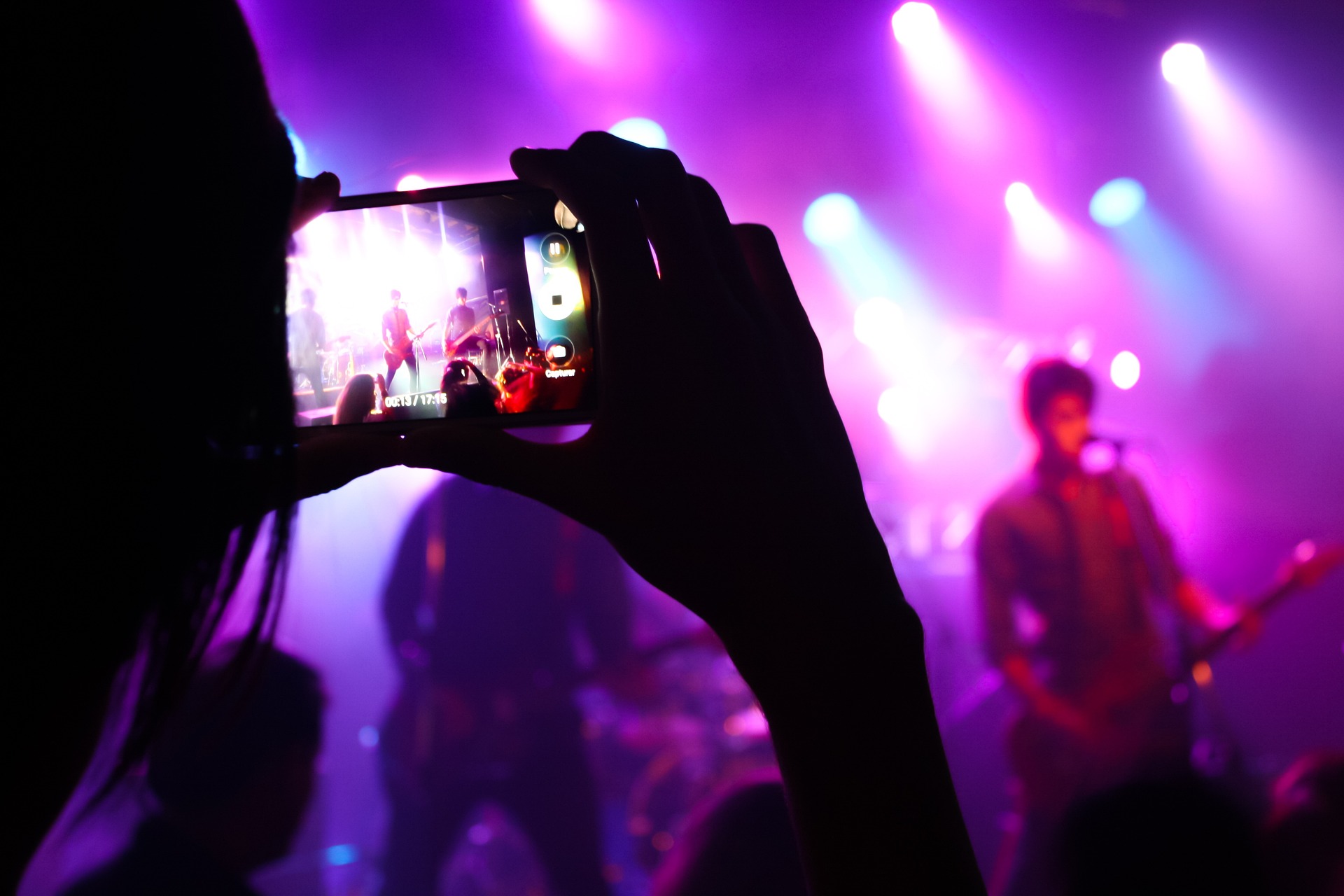Holographic Stage Design: A New Dimension in Live Performance
In the ever-evolving landscape of live entertainment, a groundbreaking technology is revolutionizing the way audiences experience concerts, theater, and dance performances. Holographic stage design, once confined to the realm of science fiction, has emerged as a powerful tool for artists and designers to create immersive, visually stunning spectacles. This cutting-edge technology is not only transforming the aesthetics of live shows but also challenging traditional notions of spatial design and audience engagement. As holographic projections become more sophisticated and accessible, they are opening up new possibilities for creative expression and pushing the boundaries of what's possible on stage.

Enter the Third Dimension
Holographic stage design marks a significant leap forward by introducing true three-dimensionality to live performances. Unlike traditional projections, holograms appear to float in mid-air, creating the illusion of solid objects or characters that can interact with live performers. This technology utilizes a combination of high-powered lasers, specialized screens, and advanced software to create lifelike, three-dimensional images that can be viewed from multiple angles without the need for special glasses or headsets.
Technical Innovations Driving the Trend
The recent surge in holographic stage design can be attributed to several key technological advancements. Improved laser projection systems have increased the brightness and clarity of holographic images, making them visible even in well-lit environments. Additionally, the development of ultra-thin, transparent screens has allowed for more seamless integration of holograms into physical sets. Perhaps most crucially, sophisticated motion-tracking software now enables real-time interaction between live performers and holographic elements, creating a truly dynamic and responsive stage environment.
Creative Applications in Live Performance
Artists and directors across various disciplines are embracing holographic technology to enhance their productions in innovative ways. In opera, holographic set pieces can transport audiences to fantastical realms that would be impossible to recreate with physical props alone. Dance companies are experimenting with holographic partners for solo performers, creating mesmerizing duets between flesh-and-blood dancers and their ethereal counterparts. Rock concerts are using the technology to bring larger-than-life visuals to stadium shows, with holographic effects that can be seen clearly from even the farthest seats.
Challenges and Considerations
While holographic stage design offers exciting possibilities, it also presents unique challenges for creators and technicians. The cost of implementing the technology remains high, limiting its accessibility to smaller productions. There are also technical hurdles to overcome, such as ensuring proper sightlines for the entire audience and managing potential interference from stage lighting. Additionally, some critics argue that overreliance on holographic effects can detract from the raw, human element of live performance. Striking the right balance between technological spectacle and artistic substance remains a key consideration for those working with this new medium.
The Future of Holographic Performance
As holographic technology continues to advance, its potential applications in live entertainment are boundless. Some experts predict the development of fully holographic theaters, where entire environments can be created and manipulated in real-time. Others foresee a future where remote performances become possible, with holographic projections of artists appearing simultaneously in multiple venues around the world. The integration of artificial intelligence could even lead to interactive holographic characters capable of improvising alongside human performers.
Ethical and Artistic Implications
The rise of holographic stage design raises intriguing questions about the nature of live performance and the role of technology in artistic expression. As the line between physical and digital realities blurs, how will our perception of live entertainment evolve? Will holographic recreations of deceased artists become commonplace, and if so, what are the ethical implications? These are just some of the complex issues that artists, producers, and audiences will need to grapple with as holographic technology becomes more prevalent in the world of live performance.
In conclusion, holographic stage design represents a fascinating convergence of art and technology, offering new tools for creative expression and audience engagement. As the technology matures and becomes more widely adopted, it has the potential to fundamentally reshape the landscape of live entertainment. While challenges remain, the future of holographic performance looks bright, promising ever more immersive and awe-inspiring experiences for audiences around the world. As we stand on the cusp of this new era in stage design, one thing is certain: the boundaries between reality and imagination on stage are becoming increasingly fluid, opening up exciting new frontiers for artists and audiences alike.






